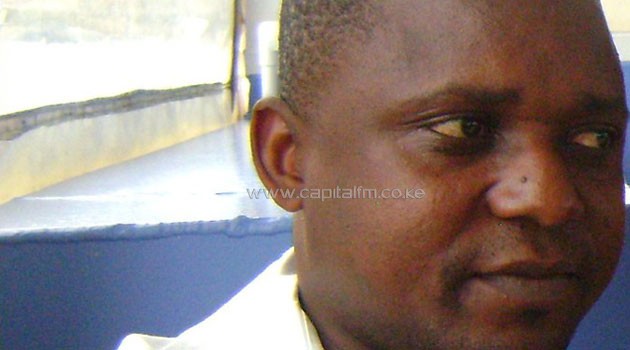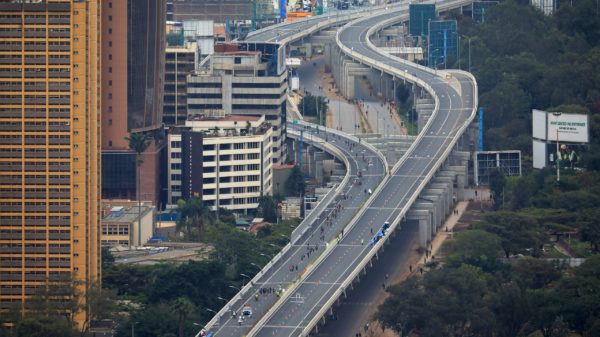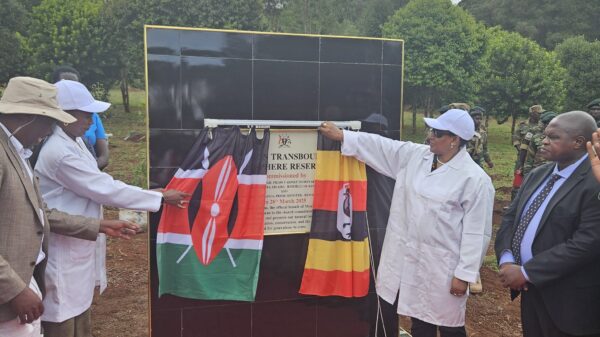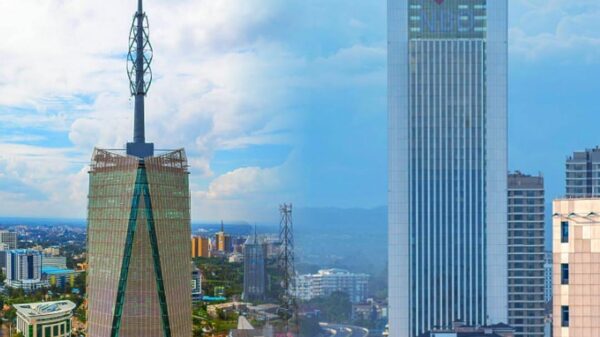
Poor planning has meant the slum population has no access to proper sanitation exposing their children to mortality rates higher than the national average; the sewer and drainage systems already in place overwhelmed. Photo/ FELIX MAGARA
The words ‘Soweto Hair Parlour’ are painted on a board outside one such structure. Outside sits a woman on a wooden stool, as her hair is being plaited by another woman stands over her.
Across the road is a cafe. I take a quick glance inside to see a vat of hot oil; mandazis piled high on a counter and patrons on benches beyond it.
“This must be Soweto,” Felix shouts back at me emphasising a rather obvious point. We are not in the South African township but at the mouth of the world’s second largest slum: Kibera.
As we go along, the tarmac fades away and the path becomes narrower until we come to a railway track and just like the road, there are rows of shacks surrounding it.
To say that the track is littered would be an understatement; there is plastic everywhere. Small piles of rubbish burn at intervals along the line as children hop, skip and jump along the tracks.
I feel a bit like Alice in Wonderland falling down a rabbit hole when Steve leads us down a slope between two shacks.
“We’ve taken so many turns,” Felix tells me, “I wouldn’t know my way back.”
“Perhaps we should leave behind a trail of bread crumbs,” I reply and at Felix’ quizzical look I add, “Hansel and Gretel?”
The smell of stagnant water and rotting rubbish hits us and all thoughts of children’s fairytales vanish. There is hardly a path to walk comfortably on. I hold on to the sides of the iron sheet shacks all around us to avoid stepping into putrid water.
I’m relieved to spot Andrew Bura Shuma and I stare enviously at his gumboots. Flies buzz around my feet as I struggle not to crinkle my nose.
































